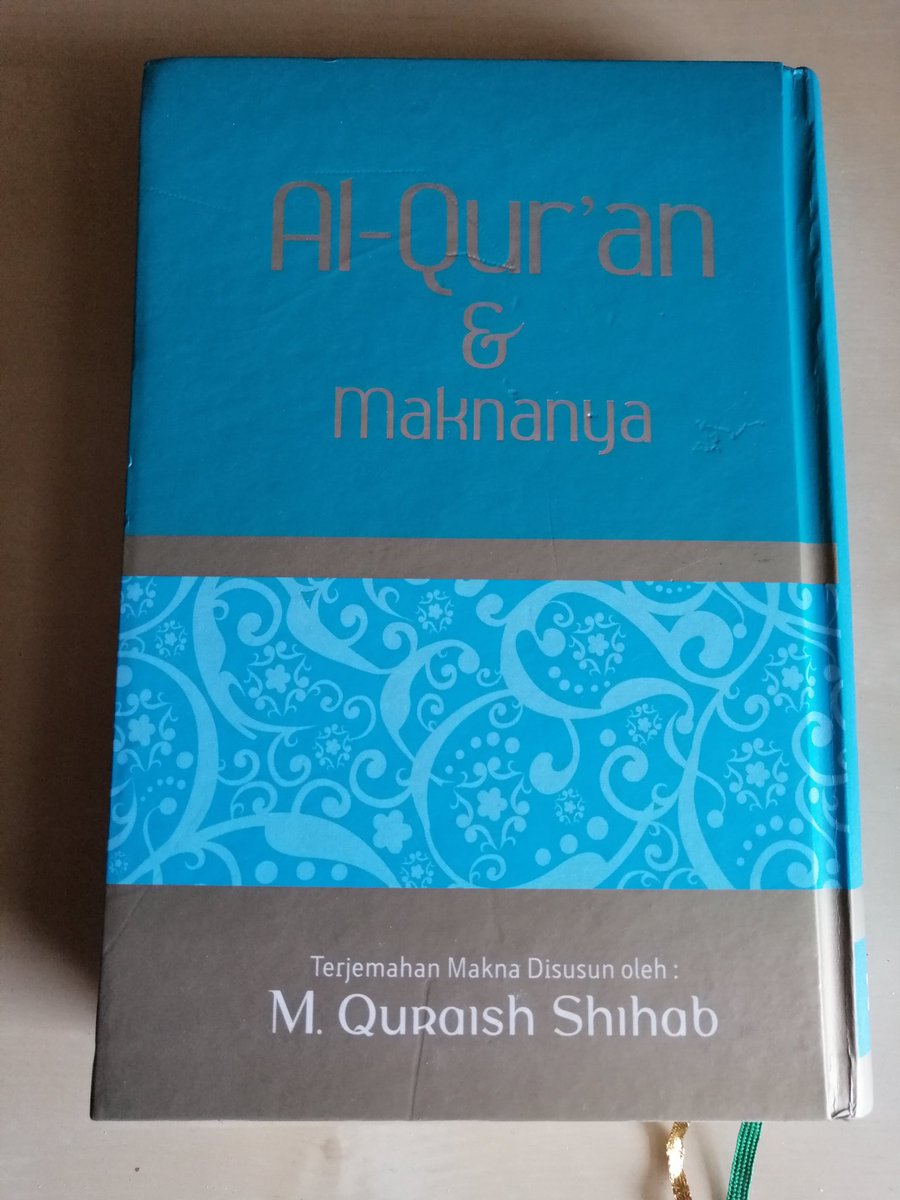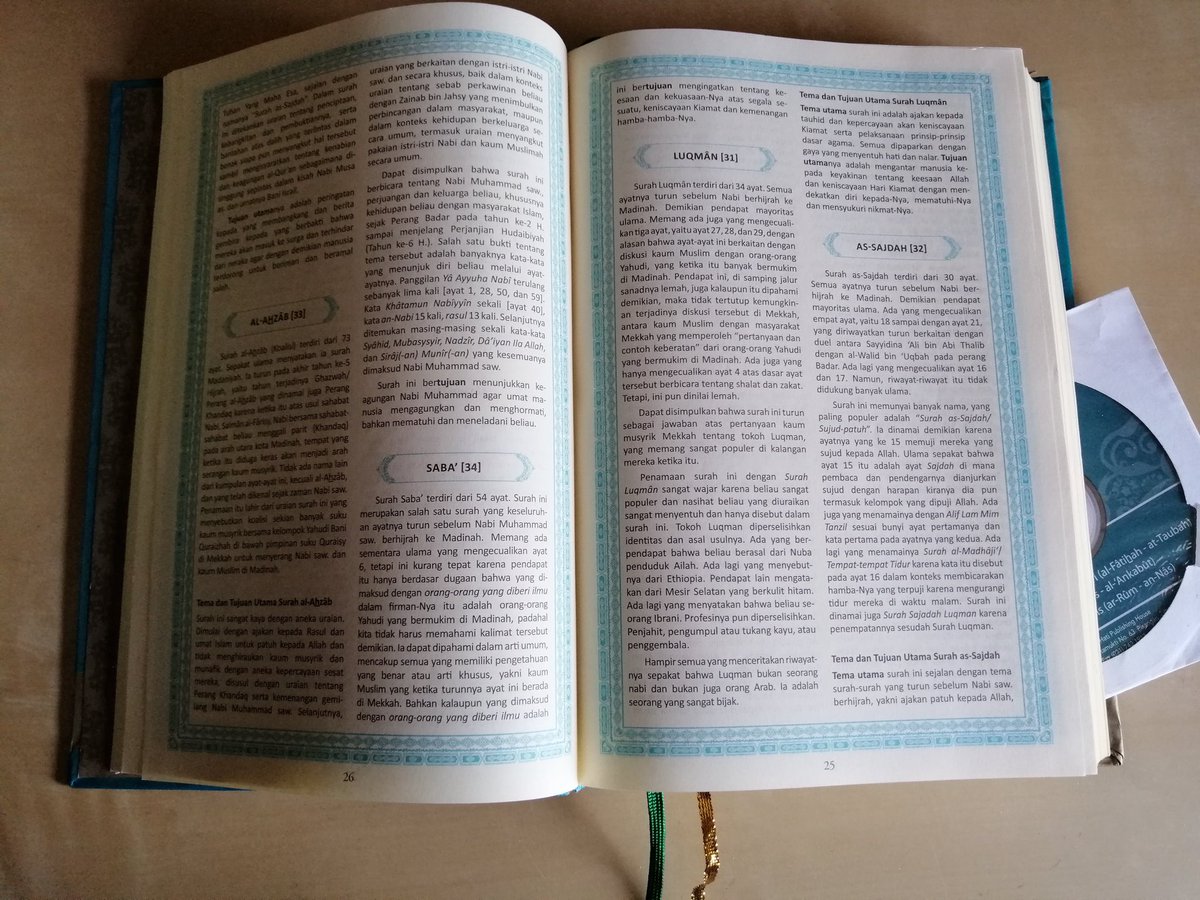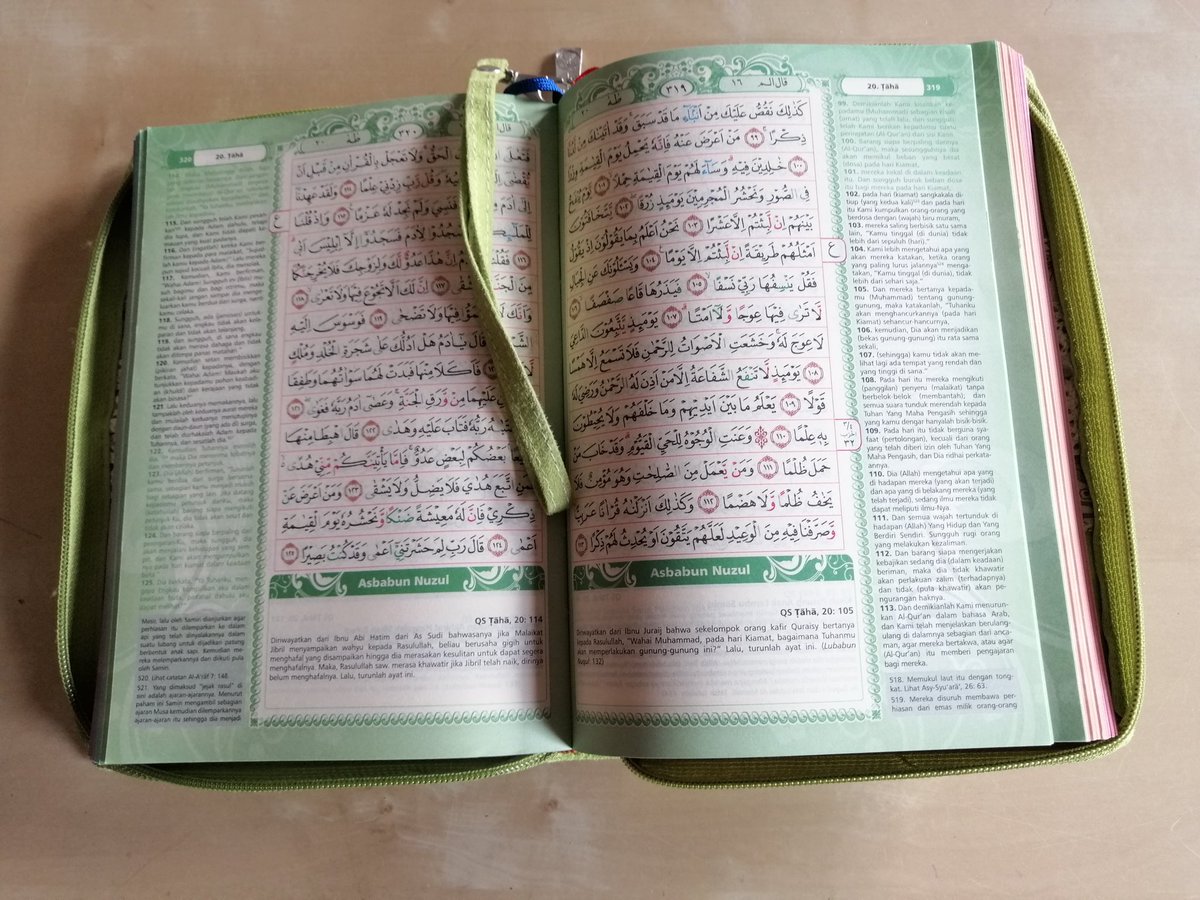
Unlike Arabic works, Qur’an commentaries in other languages have to involve or incorporate translation of the scriptural text. When those works are translated, the Qur’an translation itself may have to be rendered in the new language.
#qurantranslationoftheweek 🌍🇬🇧
#qurantranslationoftheweek 🌍🇬🇧

Before looking at a few examples, particularly noting how this process can go wrong, let’s appreciate the value of Qur’an translation for an exegete: they can show concisely how they are reading the verse.
https://twitter.com/tafsirdoctor/status/1171586186424586240?s=20
Previously we discussed the process of translating the Qur’an in accordance with a particular exegesis, e.g. Baydawi: but of course Baydawi didn’t actually translate the Qur’an.
https://twitter.com/GloQur/status/1309476538967040000
There are plenty of examples of chain translation (usually termed indirect or second-hand translation) of the Qur’an, including some of the earliest ones in English that drew from French and Latin versions. Our examples are modern English translations via Urdu.
A useful case study is the major project to render Tafhim al-Qur’an by Abul-A’la Mawdudi (1903-79) into English as “Towards Understanding the Qur’an”. 

As well as being a prolific writer, Mawdudi was founder of the Jama’at-i Islami (JI) movement; hence he had the support of scholars and global institutions to translate and disseminate his work.
First serialised in the JI magazine Tarjuman al-Qur’an, the commentary’s original purpose was to provide an elegant and readable Urdu translation for laypeople. The accompanying notes display deep research and particular concern for the socio-political dimensions of Islam.
Zafar Ishaq Ansari was selected to translate the Tafhim into English. The first edition by The Islamic Foundation (UK) appeared in 1988, then a revised edition in 1999. Ansari’s introduction does not elaborate on the challenges of translating the Quranic text itself.
More recently, the publishers released a single-volume edition which consists of the translation with minimal notes. Pictured is a paperback version designed for free distribution. 



Mustansir Mir (“Some Features of Mawdudi’s Tafhim al-Qur’an,” 1985) notes the popularity of Mawdudi’s translation which he attributes to “the limpid beauty of its style”. However, he also notes some points of critique. 

What Mir doesn’t point out is that this reading of Q 2:178 is based on a highly implausible reading of the ba’ particle and the repetition of the terms al-ḥurr, etc.
If that case is a rare blemish in Mawdudi’s translation, it also demonstrates the precision of Ansari’s rendering of it into English. This gives rise to the question of to whom the Qur’an translation should be attributed: while it is undoubtedly Ansari’s in English, he is...
conveying the translation choices made before him by Mawdudi. It is common to find websites attributing these English translations to the Urdu translator - another example being Ahmad Riza Khan.
(Even more strangely, one can find a translation ascribed to Sayyid Qutb who didn’t translate the Qur’an! It is actually extracted from his commentary’s translation by Adil Salahi.)
Another Arabic>Urdu>English Qur’an is Shehzad Saleem’s rendering of Javed Ghamidi’s translation Al-Bayān. Q 2:178 is made even more incoherent by Ghamidi, then that reading is conveyed as-is by Saleem: 

A final example is Amin Ahsan Islahi’s (d. 1997) Tadabbur-i Qur’an, translated in part by M. Salim Kayani (d. 2016). While broadly accurate, here is an example of Islahi’s interpretation being lost in chain translation.
https://twitter.com/tafsirdoctor/status/1247144663603085312
When 2nd-hand translation is done explicitly, it is usually because of the perceived authority of the original translator or interest in their particular views. Cases like the above bring up interesting questions around translator positionality.
#qurantranslationoftheweek 🌍
~SS~
#qurantranslationoftheweek 🌍
~SS~
• • •
Missing some Tweet in this thread? You can try to
force a refresh










